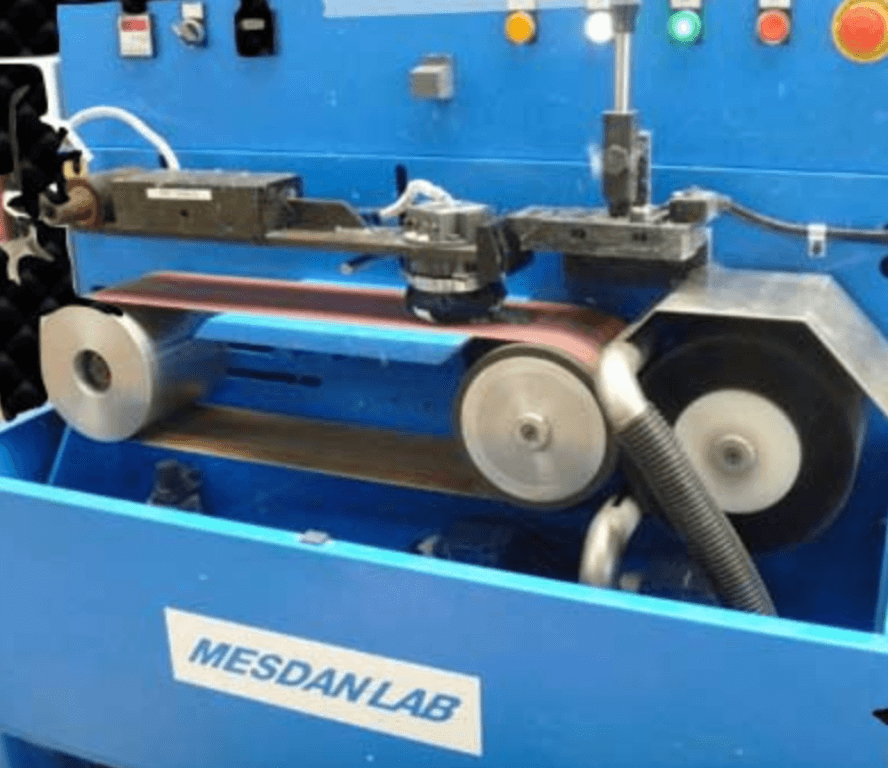WHAT IS OUR OPINION OF THE EC STANDARDS FOR MOTORCYCLE JEANS ?
Contrary to what you might expect, BOLID'STER has chosen not to have its products marked EC (European Community, or CE). This choice is not final, but it is justified. Here is an overview.
The normative context
In April 2018, the European directive 89/686/EEC on PPE (personal protective equipment) was replaced by a new version named 2016/425.
The most important change concerns the certification taken into account for new pants coming onto the market. These must now comply with the EN 17092 certification standard, which is more logical overall. It should be noted that pants that are part of collections that already exist in the manufacturer's catalog do not become prohibited for sale.
They can be marketed until April 21, 2023. After that, brands will have to supply only equipment certified according to the new standard. As for the jackets you have in your wardrobe, they remain, of course, fully valid. Finally, there is no obligation to wear PPE clothing except for gloves and helmets.
The technical specification of the new PPE 2016/425 standard includes three levels of performance.
It is up to each individual to choose the level of protection that corresponds best to his or her riding style.
Level A
This is the lowest level of protection allowed by the certification. The design of Level A equipment emphasizes ergonomics over performance. Clothing will be lighter, less rigid, and more suitable for low-intensity practice or in very hot weather.
Level AA
The AA level offers a balance between constraints and protection quality.
Level AAA
AAA level equipment benefits from the highest level of protection required by the certification. Intended for intensive motorcycle riding, this is the level recommended in competitions.
Level B and C
This is level A, but without the shock or optional protection.
BOLID'STER'S POINT OF VIEW
First of all, we need to differentiate between standards and certification.
The standard is established by engineers and is not subject to any controversy. The standard focuses on a single physical measurement, for example, the resistance to impact abrasion on road surfaces.
Certification is a commercial and political tool developed by economic stakeholders. Certification covers several characteristics of the same garment (e.g., energy absorption on impact, abrasion resistance, durability of stretch, harmlessness of substances, color breakdown in the sun, etc.).
BOLID'STER jeans do not pass EC certification. A HIP'STER for example, whatever its abrasion resistance, can only claim to be at level B or C (the lowest) because it has no impact protector. Yet its abrasion resistance would classify it as AA on this criterion.
On the other hand, it is possible to EC-certify jeans that have very low abrasion protection but offer entry-level impact protectors.
BOLID'STER jeans pass very demanding motorcycle and PPE standards:
Impact abrasion (Cambridge 13595-2 and Darmstadt PWI 00162392)
Cut resistance (NF EN 388 and 13595-4)
Tensile strength (ASTM-D 5034-95)
Resistance to Tearing (UNE EN ISO 4674-1: 2004 Method B)
Bursting (13595-3)
Seam strength (BS-3320)
As a result, the mechanical performance achieved by BOLID'STER products is far superior to anything marketed to date in terms of motorcycle jeans. It would therefore be a pity to certify them as EC and confuse them with imported Kevlar jeans, which, in our opinion, do not provide sufficient protection in case of uncontrolled contact on road surfaces and therefore contribute to the general confusion in the mind of the consumer. We feel it would be unethical for us to do so.

BOLID'STER'S SAFETY APPROACH
We insert impact protectors in our clothing whenever it is possible (EC level 2 protectors, ergonomic clothing designed for the integration and adjustment of these elements, etc.), but let’s not delude ourselves! Motorcycle impact protection is not very effective (except for helmets, back protectors, and airbags, of course), and the tests are very undemanding (50 joules force).
On the other hand, abrasion protection can radically change the outcome of an accident because the energy absorbed is in the thousands of joules. For example, BOLID'STER uses for its JEAN'STER, JENY'STER and HIP'STER indigo an ARMALITH® that has been tested according to protocol 13595-2 at more than 2, 5, and 10 seconds of abrasion resistance, but also has secure seams, high tensile strength, puncture, bursting, cutting, and tearing resistance. These parameters are hardly looked at by the certifications, or even not at all.
Bolid'ster's communication
Since the protocol of the professional standard 13595-2 is based on an abrasive band speed of 8 m/s, we prefer to communicate in meters of tarmac slide. This gives a more realistic view of the protection you can expect if you fall off your bike.
The JEAN'STER, HIP'STER and JENY'STER Indigo provide protection of more than 20m if you fall off your bike, including the initial impact. The RIDE'STER provides protection of more than 32m if you fall off your bike, including the initial impact.
Conclusion
BOLID'STER therefore reserves judgment on the effectiveness of the EC certification, even if developments (17092) are going in the right direction. It should be up to EC certification to consider technological progress on the one hand and consumer needs on the other, but equalization would exclude almost all manufacturers or lower (and endorse) levels of protection that are already far too low. It’s logical.